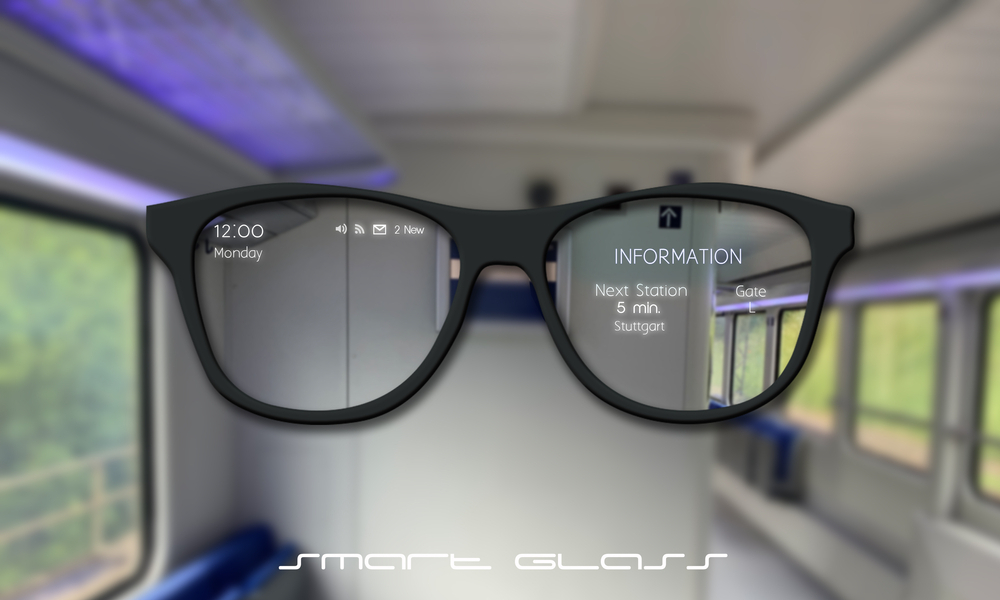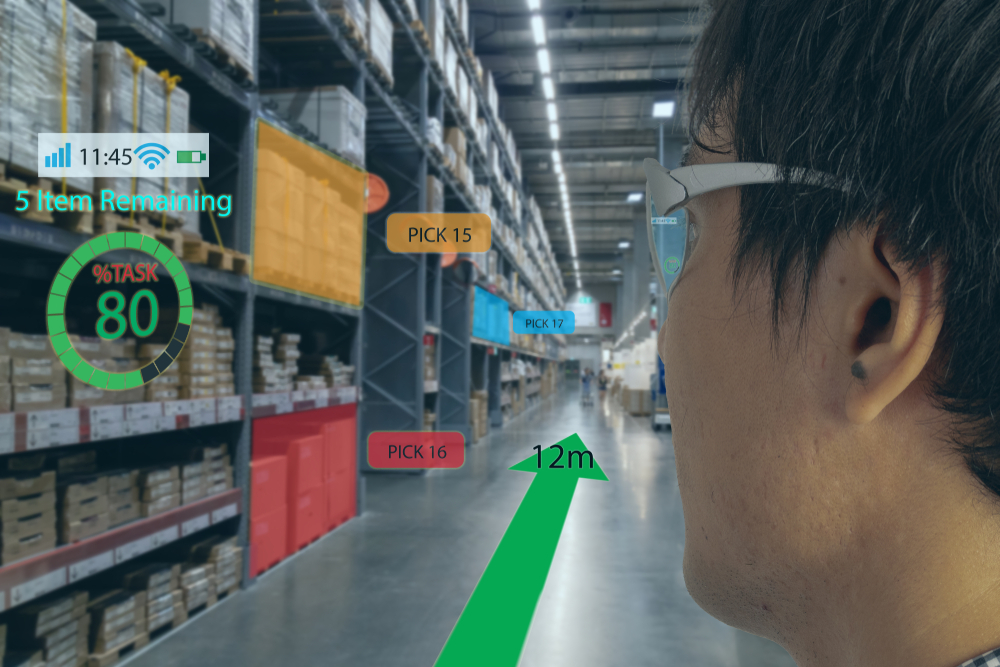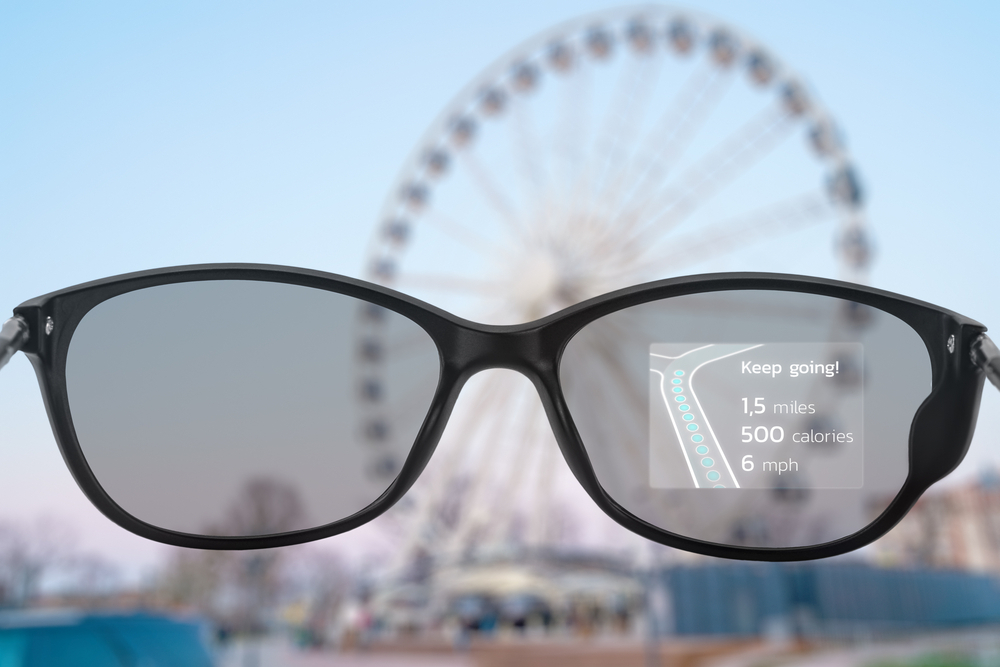THE NEXT GENERATION OF SMART GLASSES

Earlier this year, Facebook Inc and EssilorLuxottica announced a multi-year collaboration to develop the next generation of smart glasses.
Mark Zuckerberg himself announced at the annual Facebook conference in the United States. Using Facebook apps and technologies, Luxottica’s leadership and branding, and advanced lens technology from Essilor, the next step can be in helping people stay in touch better.
The first product is expected to be the Ray-Ban brand and will be launched in 2021. With that in mind, we take a look at exactly what smart glasses are and what it takes to make them successful.
What are smart glasses?
Smart glasses are essentially the next step in taking the wireless connectivity of our laptops and phones and integrating them into our frames and lenses. You might remember that Google was one of the first companies to launch this concept with Google Glass Explorer as it started tapping into the popularity of smartwatches and other wearable technologies. This provided a useful model for future tech companies to continue building.
In addition to improving your vision like regular lenses, smart glasses can also perform a variety of other functions to help you stay in touch, such as playing music or taking photos.

The concept of smart glasses in the work environment
How do they work?
There are several components to consider as to what makes glasses smart. The design of Google Glass has helped many in understanding how smart glasses work and the elements that make them up.
For example, a wireless speaker can be integrated into the end of the headrest. In this method, sound is transferred to the ear by bone conduction instead of air. Most likely, the CPU is on the glass side of the other headrest.
Smart glasses can also include a microphone, which is placed under a hinge. Most smart glasses will pair the microphone with a small speaker, allowing you to receive notifications and voice comments, as well as music and podcasts.
One of the most interesting aspects of this new wearable technology is the way smart glasses are controlled. Touch, tap or swipe controls built into the lens frame can become a reality, plus talk like we do with Siri or Alexa. It may also be possible to control your smart glasses through gesture recognition, with either head, eye, or hand movements.
The key factors behind the success of smart glasses
Considering the potential challenges of smart glasses is critical to ensuring their success. Education is one of the most important factors. People must learn to use glasses and how to use them. It is crucial for people to adapt and respond to the way they work. It may take some time to get used to the sudden influx of new tools and a new way to access wireless data.

Visual awareness must remain at the forefront of eyeglass design. Vision correction is the main function, and you should focus on correct vision and keep it under control. While the smart features are certainly impressive, they shouldn’t overshadow the importance of wearing the right lenses for your visual needs.
Finally, smart glasses should be as safe as possible for the user. In some cases, the functions and capabilities of smart glasses can be a distraction. However, as long as the user is informed and informed, there is no reason why smart glasses should not be a safe and viable option for anyone who needs glasses.
With so many exciting technologies on the horizon, it will be very exciting to see the future of smart glasses unfold before us.